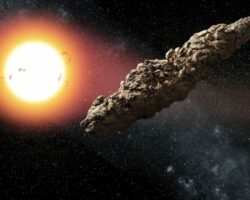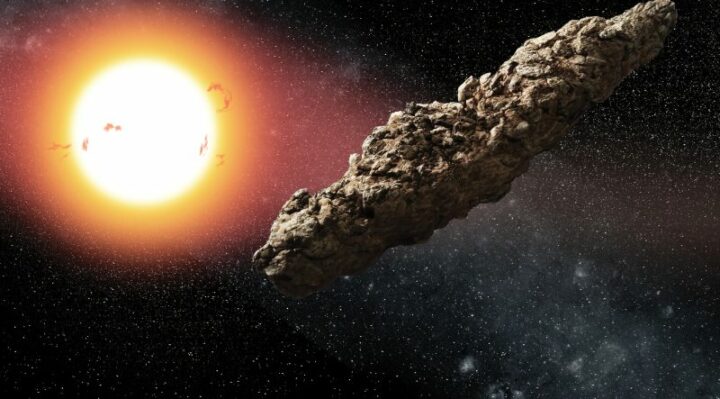The origin of the solar system is being revealed by asteroid rocks


Curtin University researchers are part of a global team uncovering the secrets of our solar system’s origins through the study of a 4.5-billion-year-old asteroid. Last September, after a seven-year journey, NASA’s billion-dollar OSIRIS-REx mission returned samples from the asteroid Bennu. These specimens were distributed to research labs worldwide, including Curtin University.
A new study published in Meteoritics and Planetary Science reveals the first findings from these samples, presenting some surprising results. The samples primarily consisted of dark particles ranging from dust-sized to approximately 3.5 cm in length, with some lighter particles scattered throughout. Some stones exhibited brighter material forming veins and crusts.
Associate Professor Nick Timms from Curtin’s School of Earth and Planetary Sciences, a member of the OSIRIS-REx Sample Analysis Team, emphasized that unlike meteorites that have fallen to Earth, the material collected from Bennu has been preserved in pristine condition, free from contamination by Earth’s atmosphere or biosphere.
” According to analysis, Bennu is one of the most chemically primitive materials yet discovered, having a composition akin to the sun’s visible surface “explained Associate Professor Timms. “This indicates Bennu has undergone different processes than planets, altering the abundance of specific elements relative to the sun.”
The analysis confirmed the presence of components previously suspected, such as hydrated phyllosilicates (minerals formed in the presence of water) and carbon-rich material. “This suggests asteroids like Bennu may have played a crucial role in delivering water and the building blocks of life to Earth,” added Associate Professor Timms.
The samples also contained unexpected components, including magnesium-sodium phosphates, which imply Bennu experienced chemical environments potentially involving water. Other trace minerals were found, providing clues to the temperature and pressure conditions Bennu experienced over billions of years. These minerals help paint a picture of Bennu’s evolution and offer insights into the early solar system and the formation of planetary bodies.
Associate Professor Timms highlighted the potential for many more discoveries from the Bennu samples, which could significantly impact our understanding of the early solar system. ” The sample holds presolar grains that formed before our solar system, providing an intricate history of ancient stars,” he noted. “Additionally, understanding the composition of asteroids has practical benefits, including identifying potential mining resources and developing methods to safeguard Earth from potential asteroid impacts.”


